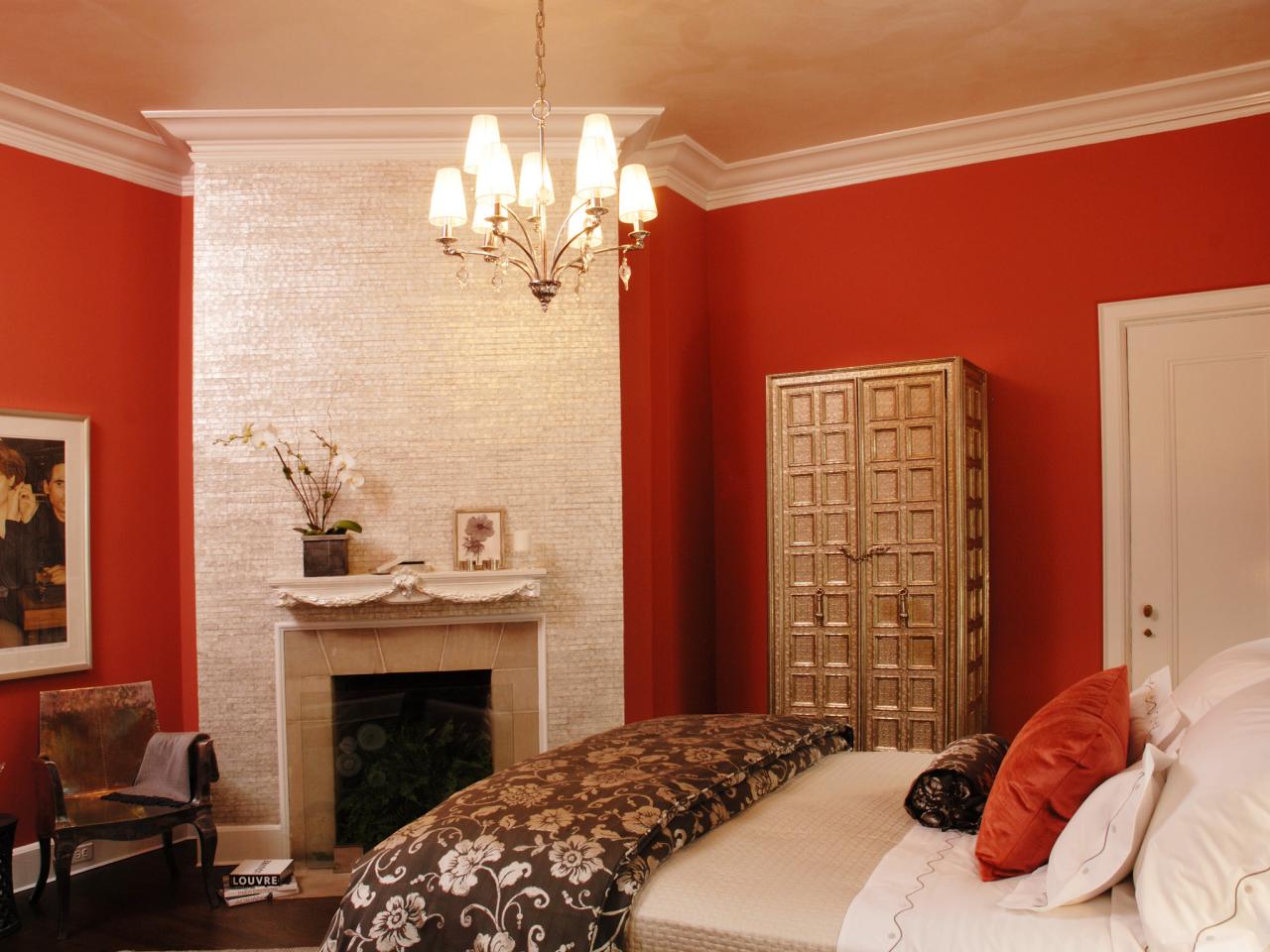best color combination for bedroom

color. it plays a vital role in design and everydaylife. it can draw your eye to an image… evokea certain mood or emotion… even communicate something important without using words atall. so how do we know which colors look good together,and which ones don't? the answer is simple: color theory. artists and designers have followed colortheory for centuries, but anyone can learn more about it. it can help you feel confident in many differentsituations, whether it's choosing colors for
a design, or putting together the perfectoutfit. all it takes is a little insight, and you'llbe looking at color in a whole new way. let's start at the beginning—the very beginning—witha refresher on the basics. remember learning about primary and secondarycolors in school? then you already have some knowledge of colortheory. red and yellow make orange; yellow and bluemake green; and blue and red make purple. if we mix these colors together, we get evenmore in-between shades, like red-orange and yellow-green. all together, they form what's called a colorwheel.
(you can probably see where it gets its name.) now, let's take it one step further with hue,saturation, and value. these are terms you might not encounter indaily life, but they're the key to understanding more nuanced colors—like all those littlepaint chips at the home improvement store. hue is the easiest one; it's basically justanother word for "color." saturation refers to intensity—in otherwords, whether the color appears more subtle or more vibrant. value has to do with how dark or light thecolor is, ranging from black to white. as you can see, this gives us many differentshades, from a deep reddish brown… to light
pastel pink. so how do we put this all together to createprofessional-looking color schemes? there are actually tried and true formulasbased on something called color harmony that can help. all you need is the color wheel. the easiest formula for harmony is monochromaticbecause it only uses one color or hue. just pick a spot on the color wheel, and useyour knowledge of saturation and value to create variations. the best thing about monochromatic color schemesis that they're guaranteed to match.
an analogous color scheme uses colors thatare next to each other on the wheel, like reds and oranges... or cooler colors, likeblues and greens. don't be afraid to play with the palette andcreate your own unique interpretation. that's what these formulas really are: startingpoints to help guide and inspire you. complementary colors are opposite each otheron the wheel; for instance, blue and orange... or the classic red and green. to avoid complementary color schemes thatare too simplistic, add some variety by introducing lighter, darker, or desaturated tones. a split-complementary color scheme uses thecolors on either side of the complement.
this gives you the same level of contrast,but more colors to work with (and potentially more interesting results). a triadic color scheme uses three colors thatare evenly spaced, forming a perfect triangle on the wheel. these combinations tend to be pretty striking—especiallywith primary or secondary colors—so be mindful when using them in your work. tetradic color schemes form a rectangle onthe wheel, using not one but two complementary color pairs. this formula works best if you let one colordominate while the others serve as an accent.
there are a few classic do's and don'ts whenit comes to color. for instance, have you ever seen colors thatseem to vibrate when they're placed next to each other? the solution is to tone it down—literally—andthere's a simple way do it. start with one color, and try adjusting itslightness, darkness, or saturation. sometimes, a little contrast is all your colorpalette needs. readability is an important factor in anydesign. your colors should be legible and easy onthe eyes. sometimes that means not using color—atleast not in every little detail.
neutral colors like black, white, and graycan help you balance your design, so when you do use color, it really stands out. every color sends a message. it's important to consider the tone of yourproject, and choose a color palette that fits. for example, bright colors tend to have afun or modern vibe. desaturated colors often appear more business-like. sometimes it just depends on the context—you'dbe surprised how flexible color can be. you can find ideas for color schemes in allkinds of interesting places, from advertising and branding to famous works of art.
you can even use a web resource to browsecolor palettes or generate your own. even experienced designers take inspirationfrom the world around them. there's nothing wrong with finding somethingyou like, and making it your own. everywhere you look, there's color, color,and more color. it can be intimidating to use it in your work,but it doesn't have to be. just keep experimenting and remember whatyou've learned about color theory. soon, choosing great-looking colors will feellike second nature. we hope you enjoyed learning the basics ofcolor. check out the rest of our design topics, includingtypography, images, composition.